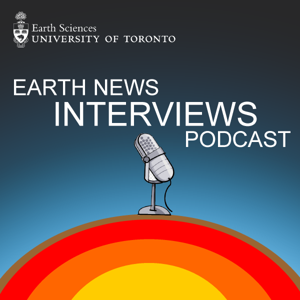The first exoplanet was discovered in 1992 by Aleksander Wolszczan and Dale Frail. Less than 30 years after this initial discovery that won the Nobel Prize in Physics, more than 4000 exoplanets have been confirmed (NASA). These planets, while unique, have some similarities in mass and size, and potentially other features, to Earth. While we aren't able to take a sample from the surface of these planets, that doesn't mean we're limited to simply guessing at their composition. Associate Professor of Physics and Astrophysics at the University of Toronto Scarborough, Dr. Diana Valencia walks us through how we can infer the composition of rocky planets without actually having sampled the planet's surface. This research is laying the groundwork for more in-depth studies on processes that have shaped exoplanets, how they may be similar to Earth's, and whether similar planetary evolution implies finding extraterrestrial life.
















